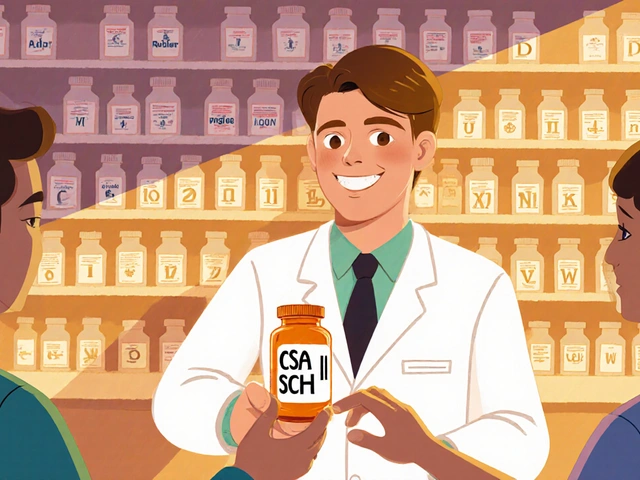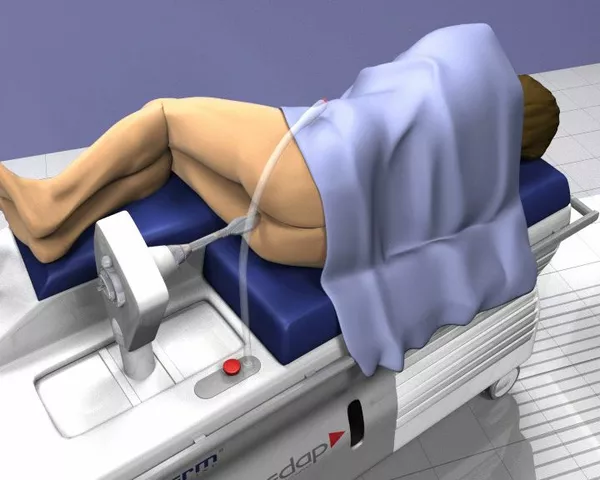Prescription Pricing Transparency: How to Find and Compare Real Drug Costs
Prescription prices feel like a mystery. You get a bill and wonder why one pharmacy charges double. Knowing how to find real prices saves money and stress. This guide gives clear steps you can use today to compare costs and avoid surprise charges.
Start by checking the cash price. Insured copays are not always the cheapest option. Many pharmacies list cash prices online. Use that number as your baseline. If your copay is higher than the cash price, ask your pharmacist to charge the cash rate instead.
Use comparison tools. Apps and sites like GoodRx, SingleCare, and Blink Health show coupons and cash prices across chains. Enter the exact drug name and dose. Compare prices for a 30-day and 90-day supply. Remember coupons change, so check right before you order.
Ask about generic and therapeutic alternatives. Generic versions often cost a fraction of brand names. If your prescriber is open, ask whether a bioequivalent alternative exists. Pharmacists can suggest a substitute that saves money without changing treatment.
Understand PBMs and hidden fees
Pharmacy benefit managers (PBMs) control a lot of drug pricing behind the scenes. They negotiate rebates with drug makers and decide which drugs are favored on formularies. That can push patients toward higher list prices. You can fight back by requesting an itemized cost breakdown from your insurer or asking the pharmacy for the cash price.
Check manufacturer savings programs. For many brand drugs, makers offer coupons or co-pay cards that reduce your out-of-pocket cost. These programs can be used only for commercially insured patients, not for those on Medicare in many cases. Always read terms before relying on a coupon.
Practical steps to lower what you pay
Talk to your prescriber about dose and form. Sometimes a different dose or switching to a long-acting form cuts costs. Ask for trials or samples when starting a new drug. Use 90-day fills from a reliable mail-order or big chain if the per-month price drops. Consider splitting higher-dose pills only if your doctor approves and the drug is safe to split.
Explore patient assistance programs for chronic or expensive drugs. Many nonprofits and drug makers offer sliding-scale help. If you travel, compare prices in nearby countries — but check legality and safety first. Keep receipts and review your Explanation of Benefits to spot billing errors.
Quick checklist: compare cash vs insured price, search two coupon sites, ask for a generic, request a 90‑day supply, check manufacturer help, get an itemized bill, and keep receipts. Do these every time a medication changes. Small steps add up fast. Talk to your pharmacist yearly about cost-saving options. Join pharmacy loyalty programs where available, often too.
Transparency is improving. State laws and federal rules push hospitals and insurers to publish prices. Still, the easiest savings come from simple checks: compare cash price, try coupons, ask for generics, and speak up to your pharmacist. A few minutes of checking can cut your yearly drug costs significantly.

2025 Prescription Pricing Transparency: New Laws, Technology, and How to Save on Medications
Tired of the mystery surrounding prescription prices? This 2025 deep dive uncovers the latest transparency laws and revolutionary tech reshaping how Canadians and Americans shop for medications. Learn how you can spot the best deals, debunk hidden fees, and use new tools and alternatives to slash your pharmacy bills.
Categories
- Medications (50)
- Health and Medicine (46)
- Health and Wellness (34)
- Online Pharmacy Guides (15)
- Nutrition and Supplements (7)
- Parenting and Family (3)
- Environment and Conservation (2)
- healthcare (2)
- prescription savings (1)
Popular Articles



